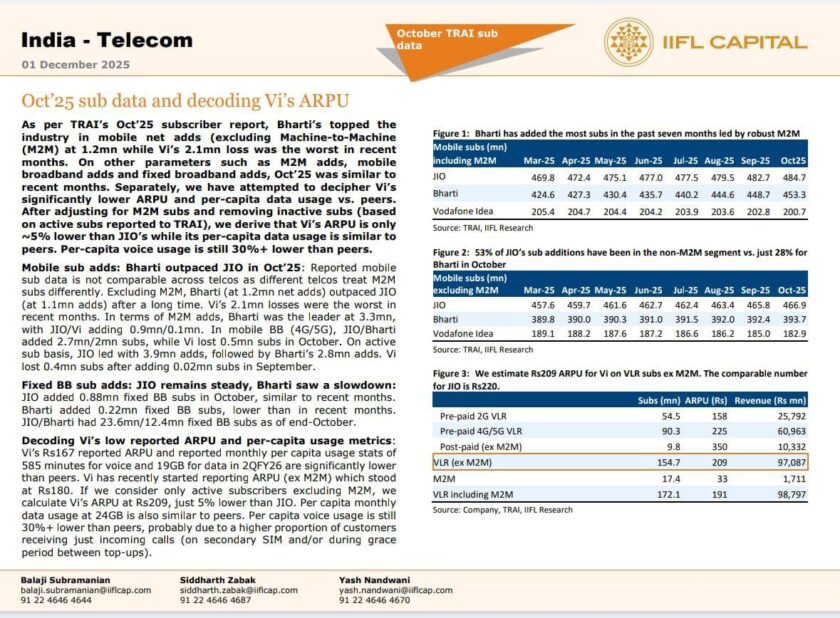Mumbai: Space exploration, once the domain of governments and Cold War rivalries, has erupted into a vibrant, tech-driven frontier. The cosmos is no longer a distant dream but a tangible destination, with cutting-edge technologies redefining what’s possible. From reusable rockets to AI-guided rovers, the tools of today are forging paths to Mars, the Moon, and beyond. This feature dives into the innovations propelling humanity’s reach, the players reshaping the space race, and the challenges that still loom in the void.
Rockets That Return Home
The economics of spaceflight have been revolutionized by reusable launch systems. SpaceX’s Falcon 9, with its booster landing gracefully on drone ships, has slashed launch costs dramatically. Starship, the behemoth aiming for Mars, promises full reusability, a game-changer for deep-space missions. Other players, like Blue Origin with its New Shepard, are following suit, proving that rockets can be more than one-use wonders. This shift isn’t just about saving money—it’s about making space a sustainable frontier.
AI: The Brain Behind the Mission
Artificial intelligence is the unsung hero of modern space exploration. On Mars, NASA’s Perseverance rover navigates treacherous terrain using AI, making split-second decisions without Earth’s input. Machine learning optimizes satellite orbits, predicts equipment failures, and sifts through cosmic data for discoveries. From planning efficient trajectories to analyzing exoplanet atmospheres, AI is the backbone of missions that demand precision in environments where humans can’t yet tread.
Smallsats, Big Impact
The rise of CubeSats and small satellites has democratized space. These compact, low-cost platforms, often no bigger than a shoebox, are packed with advanced sensors and communication tech. Universities, startups, and even high schools are launching them to monitor Earth, test tech, or study distant stars. In 2024, thousands of smallsats joined orbits, enabling everything from climate tracking to global internet. Their affordability is opening space to new players, rewriting the rulebook.
Propulsion: Breaking the Speed Barrier
Traditional chemical rockets are giving way to next-gen propulsion. Ion thrusters, like those tested in NASA’s X3, offer efficient, long-duration thrust for deep-space journeys. Nuclear thermal propulsion, under development, could cut Mars travel time in half. Concepts like solar sails and plasma engines are moving from theory to testing, promising faster, cheaper trips to the outer solar system. These advances are critical for turning interplanetary dreams into reality.
Connectivity from the Stars
Space-based internet is transforming exploration and life on Earth. Starlink’s constellation, now over 6,000 satellites strong, delivers real-time data for missions and connectivity to remote regions. This infrastructure supports everything from rover telemetry to astronaut video calls. Other companies, like Amazon’s Kuiper, are racing to build rival networks. This orbital web isn’t just a luxury—it’s becoming the backbone of space operations and global communication.
Building in the Void
3D printing is turning science fiction into fact. On the International Space Station, crews have printed tools, spare parts, and even medical supplies on demand. This tech reduces dependency on Earth resupply, a must for long-term lunar or Martian outposts. Companies like Made In Space are pushing further, eyeing construction of entire structures in orbit using local resources like lunar regolith. It’s a step toward self-sustaining colonies beyond Earth.
The Quantum Leap
Quantum technology is poised to redefine space exploration. Quantum sensors could map gravitational fields with unprecedented precision, aiding navigation and resource detection. Quantum communication promises unhackable data links between Earth and distant probes. Though still in early stages, projects like NASA’s Quantum Artificial Intelligence Laboratory are laying the groundwork. This tech could unlock mysteries from black holes to alien worlds.
Life Beyond Earth
Synthetic biology is quietly reshaping the future of space habitation. Engineered microbes could produce food, recycle waste, or even generate oxygen on Mars. Experiments on the ISS are testing how organisms adapt to microgravity, paving the way for bio-based life support. This fusion of biology and tech could make humans less reliant on Earth’s resources, a cornerstone for permanent off-world settlements.
The New Space Race
The landscape of exploration is no longer just NASA versus Roscosmos. Private companies—SpaceX, Blue Origin, Rocket Lab—are driving innovation at breakneck speed. Nations like India, with ISRO’s cost-effective missions, and China, with its lunar ambitions, are major players. Collaborations, like the Artemis Accords, aim to set rules for this crowded frontier. But competition is fierce, with billions in contracts and national pride at stake.
Challenges in the Cosmos
For all the progress, space remains unforgiving. Radiation poses severe risks to astronauts and electronics—Mars missions face doses 15 times higher than Earth’s limits. Orbital debris, with over 27,000 tracked objects, threatens satellites and stations. Costs, while dropping, are still astronomical; NASA’s Artemis program carries a $93 billion price tag through 2025. Ethical questions—resource exploitation, planetary protection—loom large as humanity eyes the stars.
The Road to Mars and Beyond
The dream of a multi-planetary civilization is closer than ever. SpaceX aims for Mars landings by 2030, while NASA’s Artemis plans lunar bases by 2028. Private ventures are eyeing asteroid mining, with trillions in potential resources. Technologies like in-situ resource utilization—using local materials for fuel and shelter—are turning these visions into blueprints. The question isn’t if we’ll settle other worlds, but when.
Humanity’s Next Chapter
Space exploration is no longer about flags and footprints—it’s about building a future. The tech driving this era, from reusable rockets to quantum sensors, is making the impossible routine. But the real frontier isn’t just out there; it’s in the audacity to keep pushing, to solve the unsolvable, and to carry humanity’s story to the stars. As we stand on the cusp of this new age, one thing is clear: the universe is calling, and we’re finally ready to answer.
---------------------------------------------------------------------------------------------------






